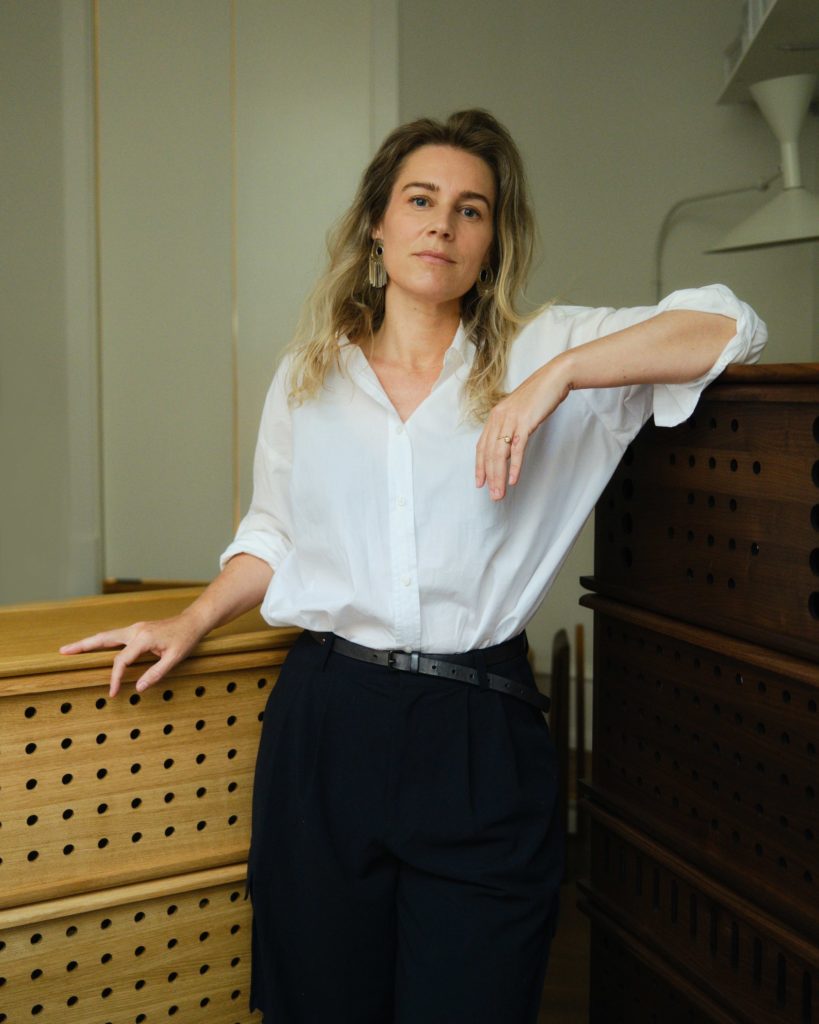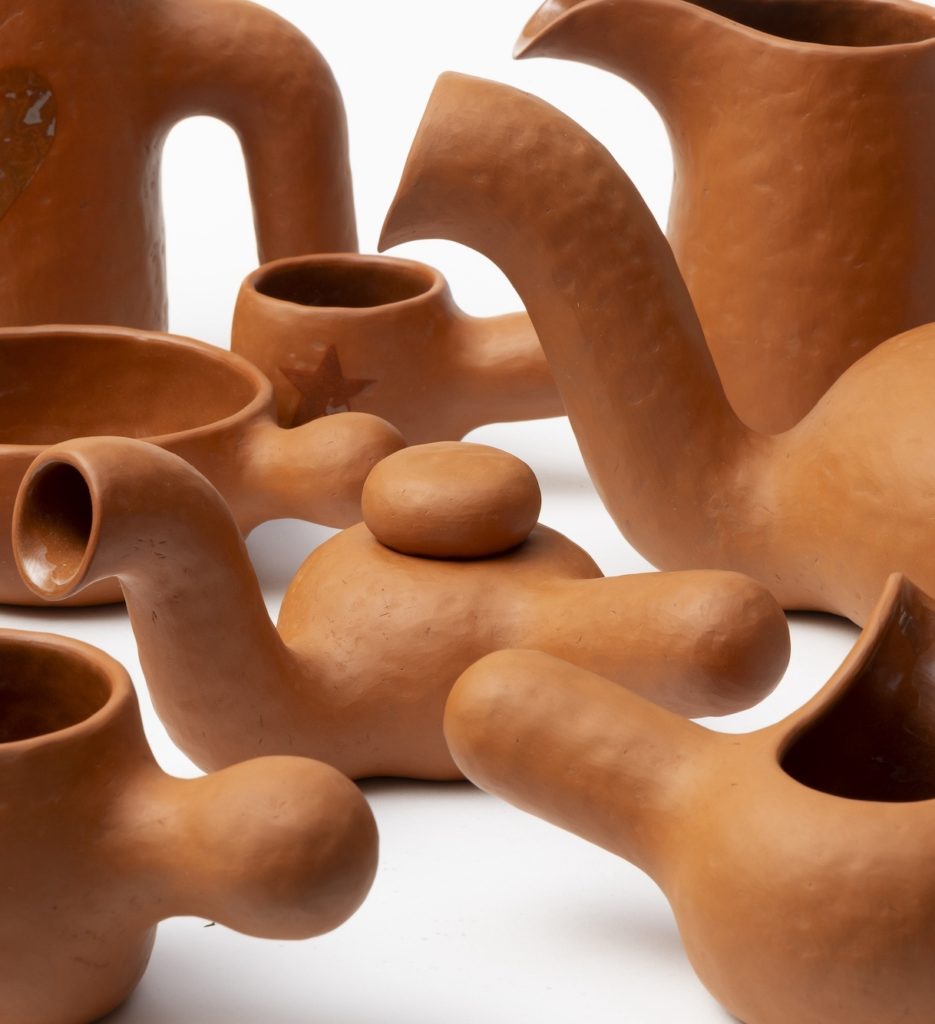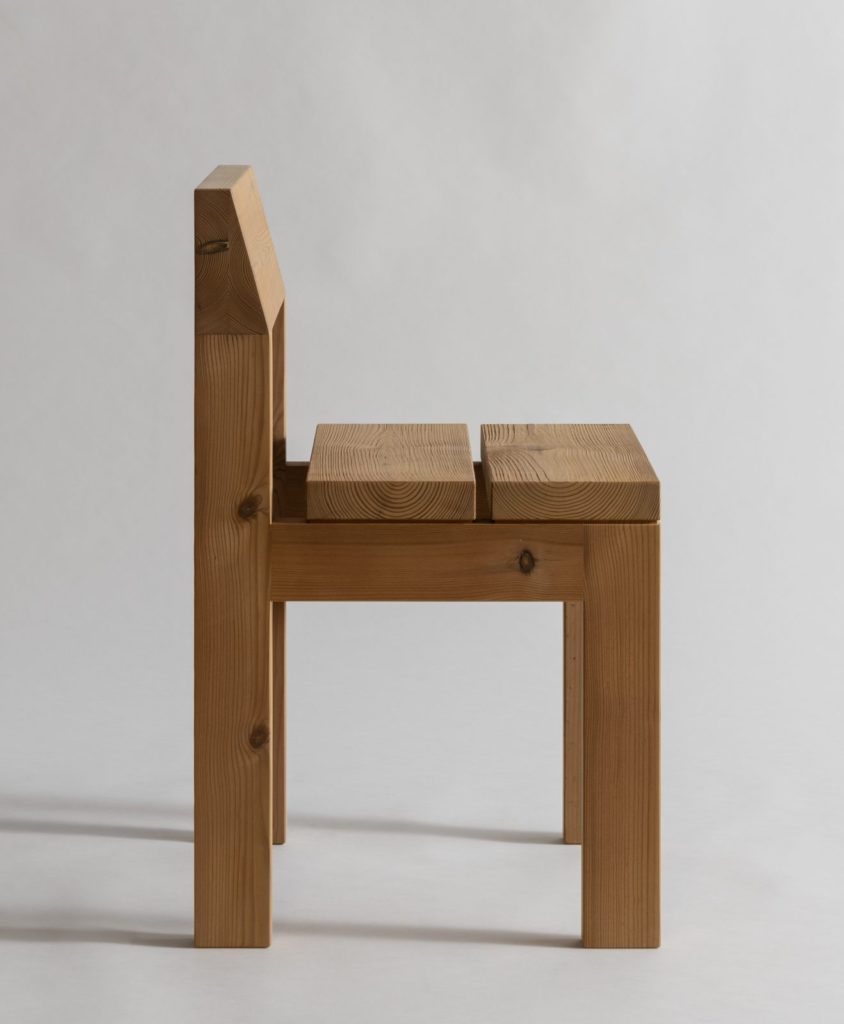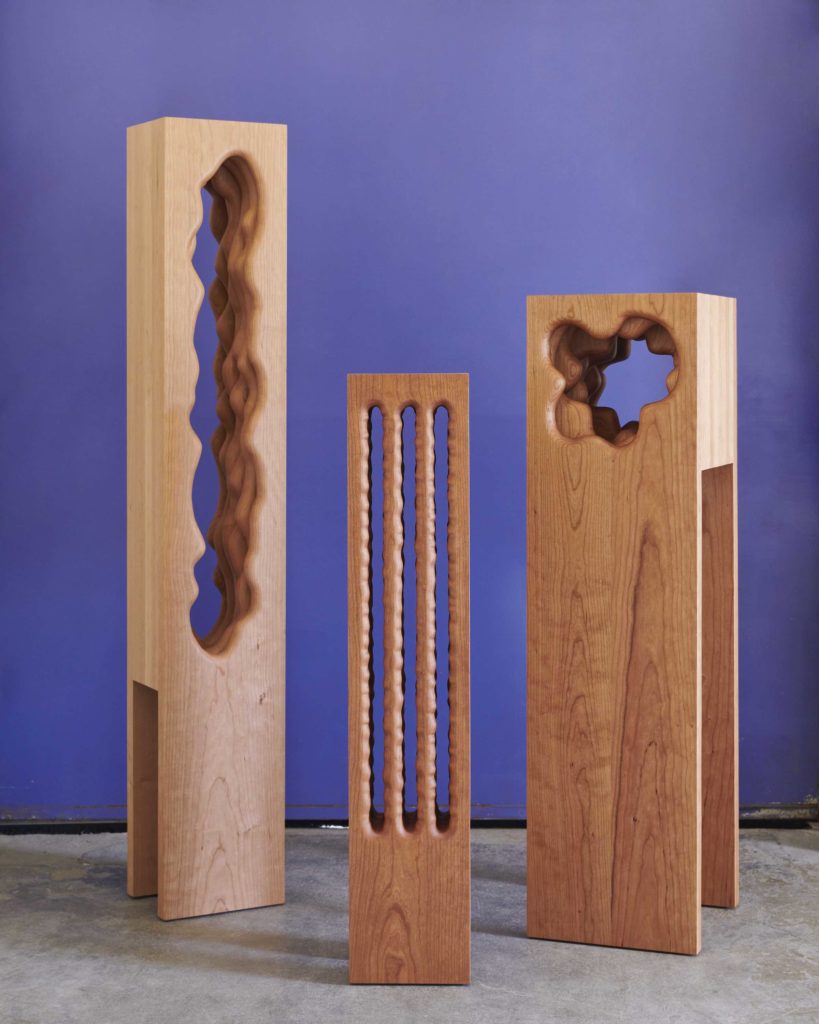Alice Rawsthorn on the Future of Craft
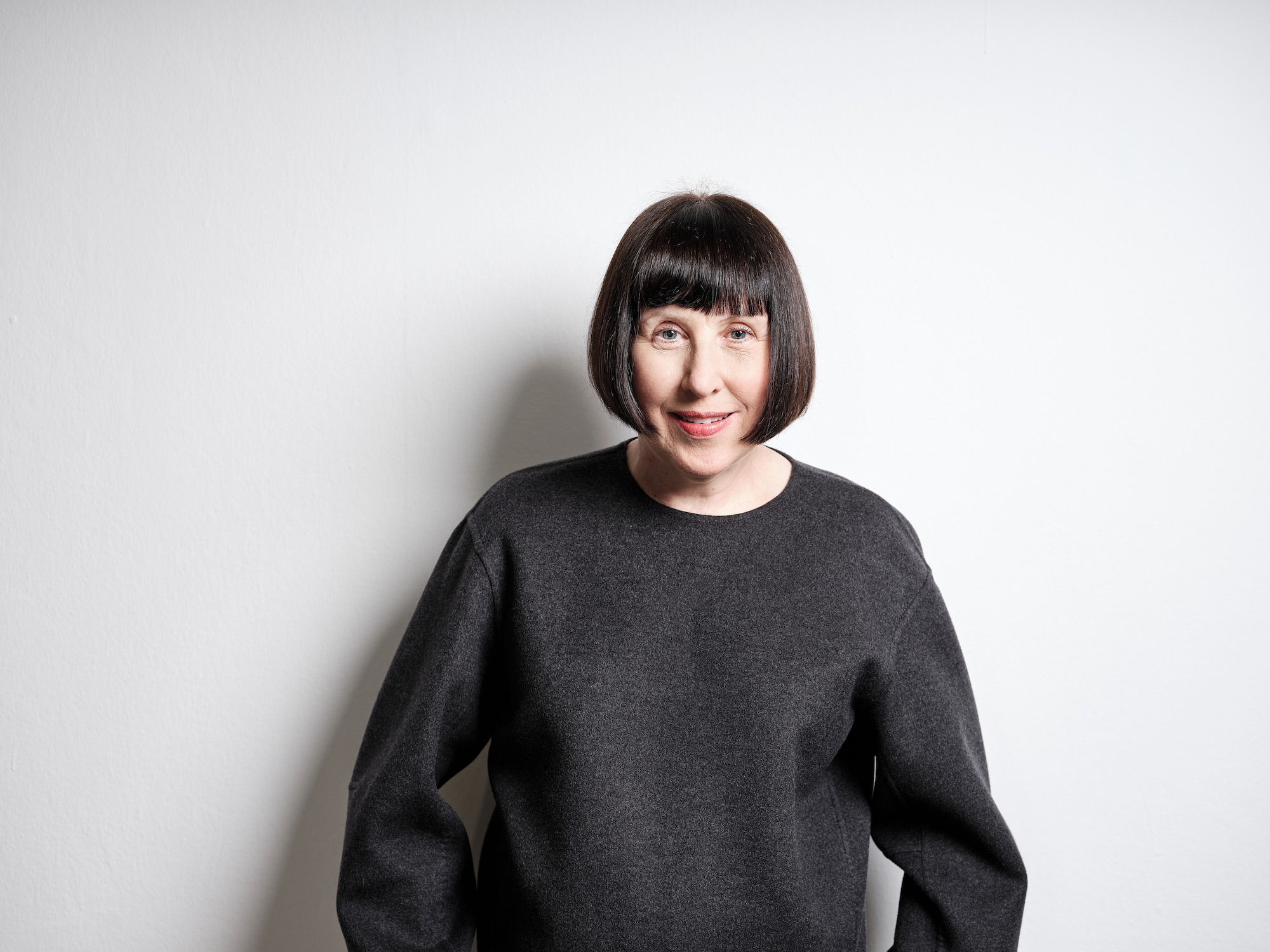
Fuelled by a love for design in all its forms, English writer and critic Alice Rawsthorn has spent 25 years charting the history of design across applications and mediums. From indigenous crafts and the industrial revolution, to our contemporary trials and opportunities, and the practitioners offering a glimpse into a brighter future, we spoke to Rawsthorn about the importance of looking back in order to create a more holistic future.
Based in London since 1980, Alice Rawsthorn began her career as a graduate trainee for The Times media group and joined the Financial Times in 1985 writing about general subjects from politics and economics, to corporate affairs, and working for three years as an FT foreign correspondent in Paris. Returning to London in 1994, she pioneered the FT’s coverage of the creative industries, before deciding to focus on her passion for design. From those initial years as design and architecture critic at the Financial Times, a subsequent move to The New York Times in 2006 provided an international outlet for her thoughts and opinions. Evident from these early pieces was the diversity of her subjects, focusing on how design shapes our world, from the design of stamps to the identity of nations. While her focus has always been on engaging with design on an international level, Rawsthorn notes that her work balances the personal and the communal.
“Writing is an odd occupation because, like most writers, I tend to write on my own, but each project also involves close collaboration with editors, interviewees, designers and so on. The same applies to my work on Design Emergency, the research platform and podcast I run with Paola Antonelli of MoMA, New York. Paola and I are in constant contact to discuss, develop and deliver new projects for Design Emergency.”


While The New York Times provided Rawsthorn with a global platform, the sense of collaboration and community around Design Emergency alongside Antonelli, is evident through not only the subjects they cover, but the way in which they communicate and interact with their audience. Long form podcasting and a large social media presence allows the duo to delve deeper into subjects and create content that reflects the day-to-day influence of design on the world. At the time of writing, recent posts include graphic gestures depicting the fight of recently deceased Russian opposition leader Alexei Navalny, and a discussion with Ghanian-American studio Limbo Accra on the repurposing of derelict urban environments. The subjects covered at Design Emergency stem from these larger urban and societal issues, but also to personal creative practices such as ceramicist Magdalene Odundo. In connection with the craft based approach of many Danish practitioners featured within the Mindcraft platform, Rawsthorn notes how technology is providing a revival to craft at a time when many are focused on our increasingly digital future.
“An unexpected outcome of digital culture has been the simultaneous surge of interest in craft. Initially, it was widely assumed that as more and more aspects of our lives were digitised, our appetite for artisanal culture would wane. Instead, the reverse has happened, and it has heightened our appetite for and our interest in the intimacy, singularity, tactility and sensitivity of craft and making in general.”
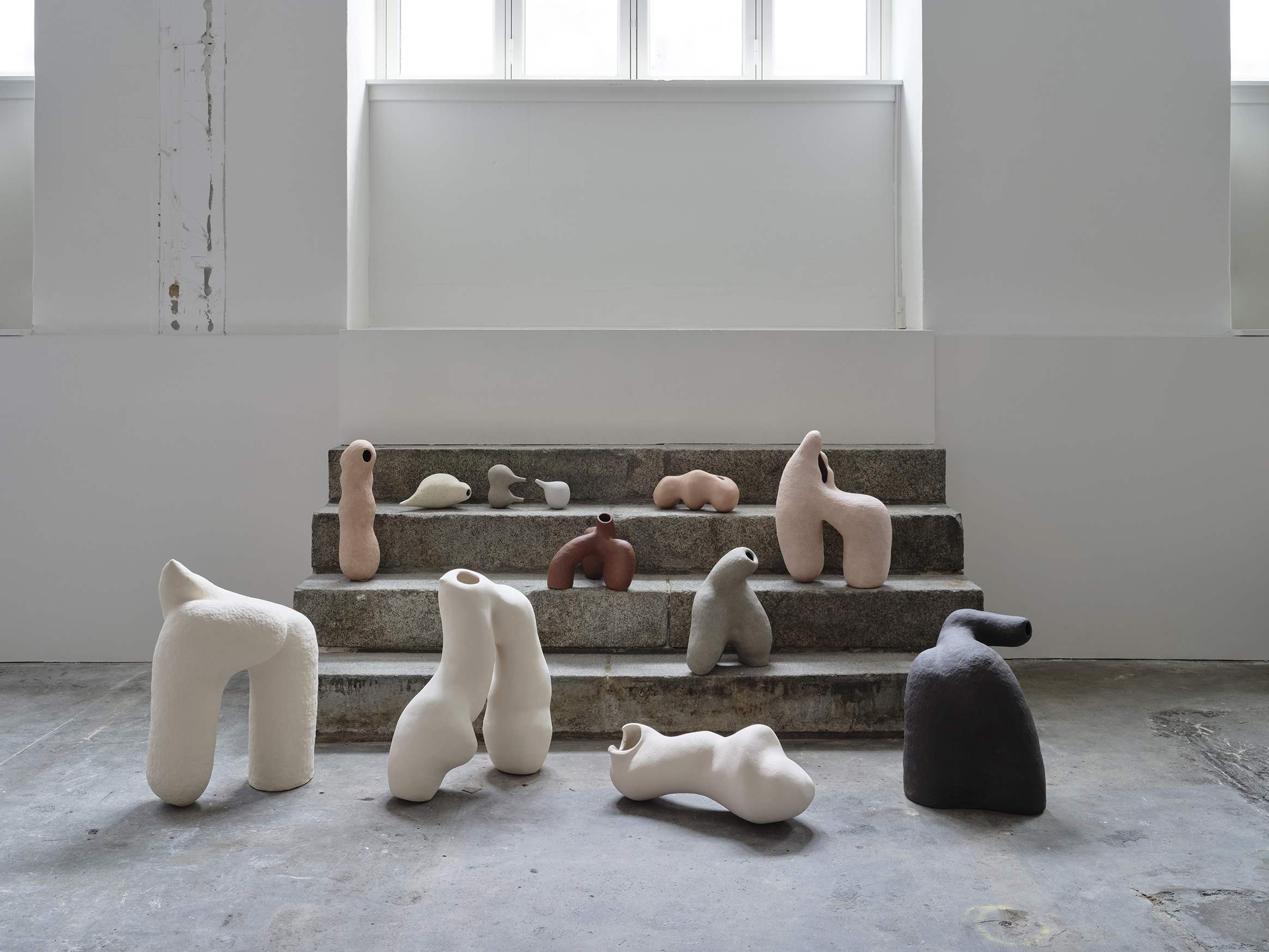
A large contribution to The Mindcraft Project 2023 under the curation of Sara Martinsen, focused on this sense of tactility and intimacy, and the ritual of creation – the works of Yukuri Hotta and Marianne Eriksen Scott-Hansen amongst others. While these particular artists and designers have abandoned the digital world within their respective practices, others such as Wang & Söderström and past exhibitors including 91-92 and Mathias Bengtsson are embracing the new digital frontier in order to express new outcomes for craft and design, as Rawsthorn details.
“This increased appetite, combined with the development of sophisticated digital tools that artisans can deploy both to reinvent the process of making their work and to make it subtler and more expressive, has also fuelled a fascinating period of experimentation within the crafts, and in our understanding and appreciation of them.”

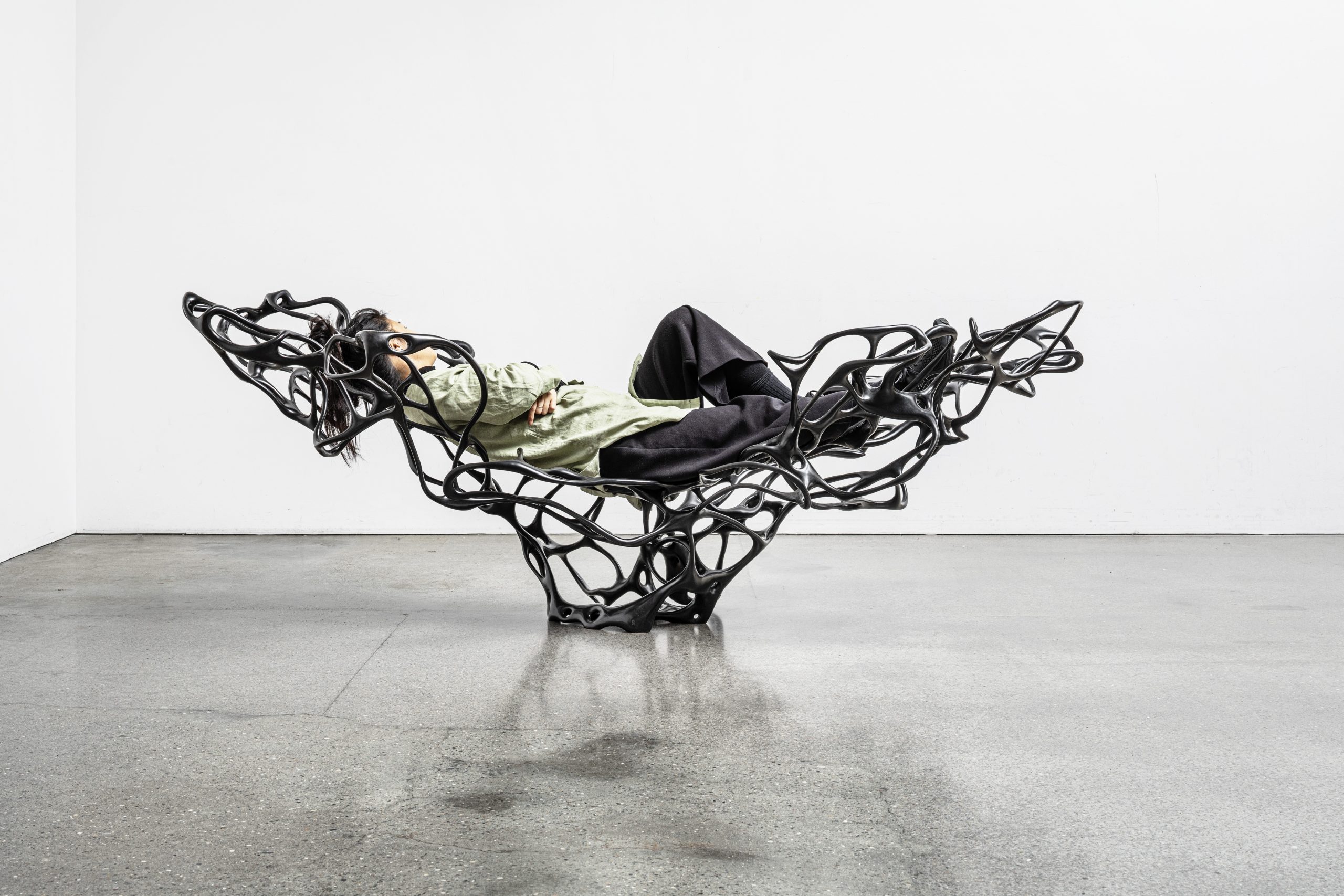
While the methods and distinct approaches of artisans has continued to evolve and develop, so too has the materials and mediums they are utilising within their work. With an ever-increasing focus our global resource scarcity, designers and craftspeople are at the forefront in developing alternative materials that harness natural, replenishable resources. Working in collaboration with nature, designers such as Bonnie Hvillum of Natural Material Studio and Jonas Edvard contributed objects to The Mindcraft Project 2023 that set out to redefine the values of natural bio-materials, incorporating aspects of sound and light. Rawsthorn also notes the importance of re-discovering indigenous approaches to making, that are only now receiving greater attention and support as viable alternatives.
“Much of this work (with bio-materials) is inspired on either natural processes, or by ancient and indigenous design making traditions. It is a popular theme on Design Emergency in interviews with designers like Fernando Laposse, many of whose objects are developed in collaboration with indigenous communities in rural Mexico using natural materials such as sisal, loofah and corn husks, and Julia Watson, the Australian climate activist, who has devoted years to intensive research to analysing ancient natural and indigenous design strategies across our planet and to reapplying them at scale.”
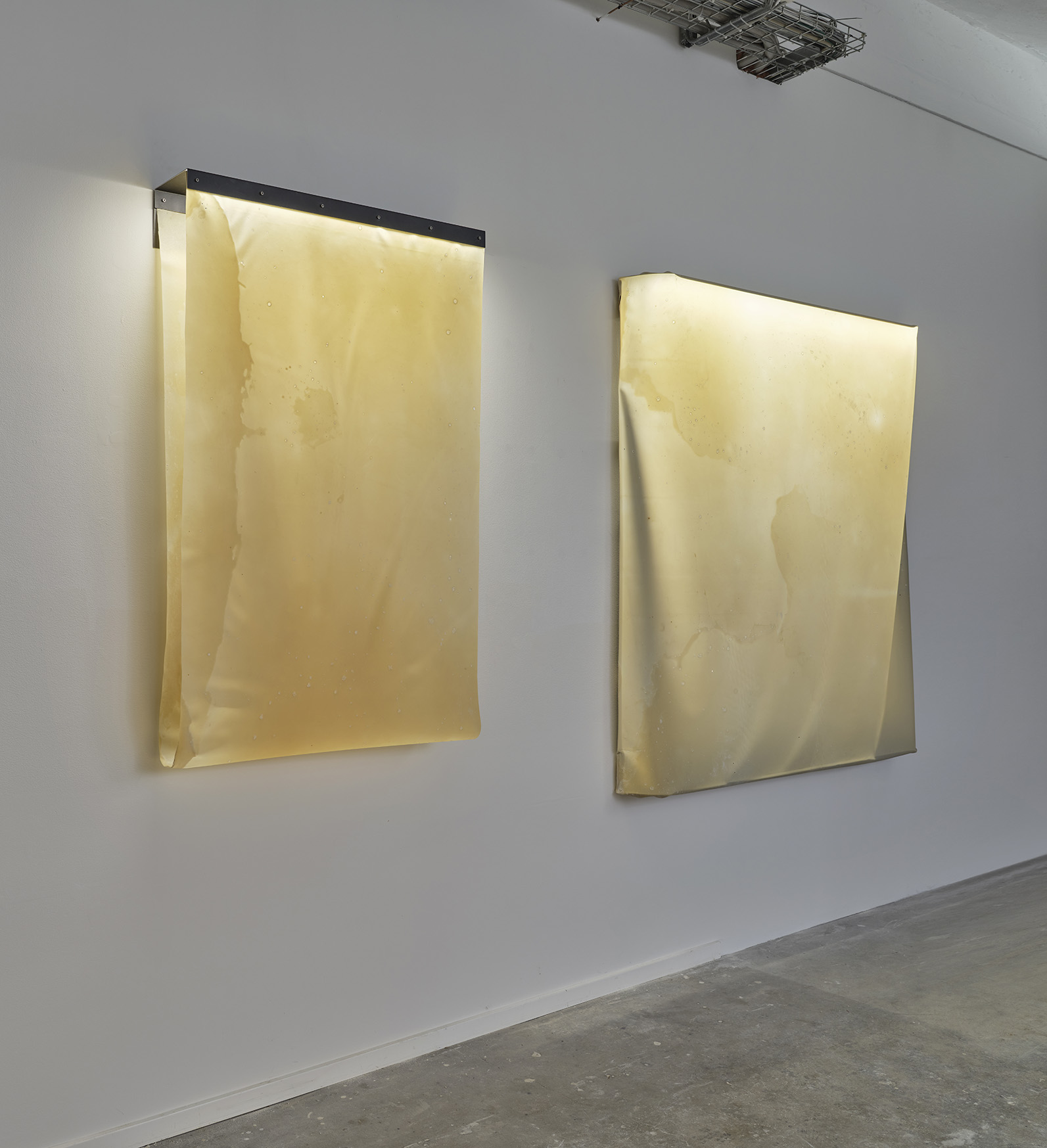
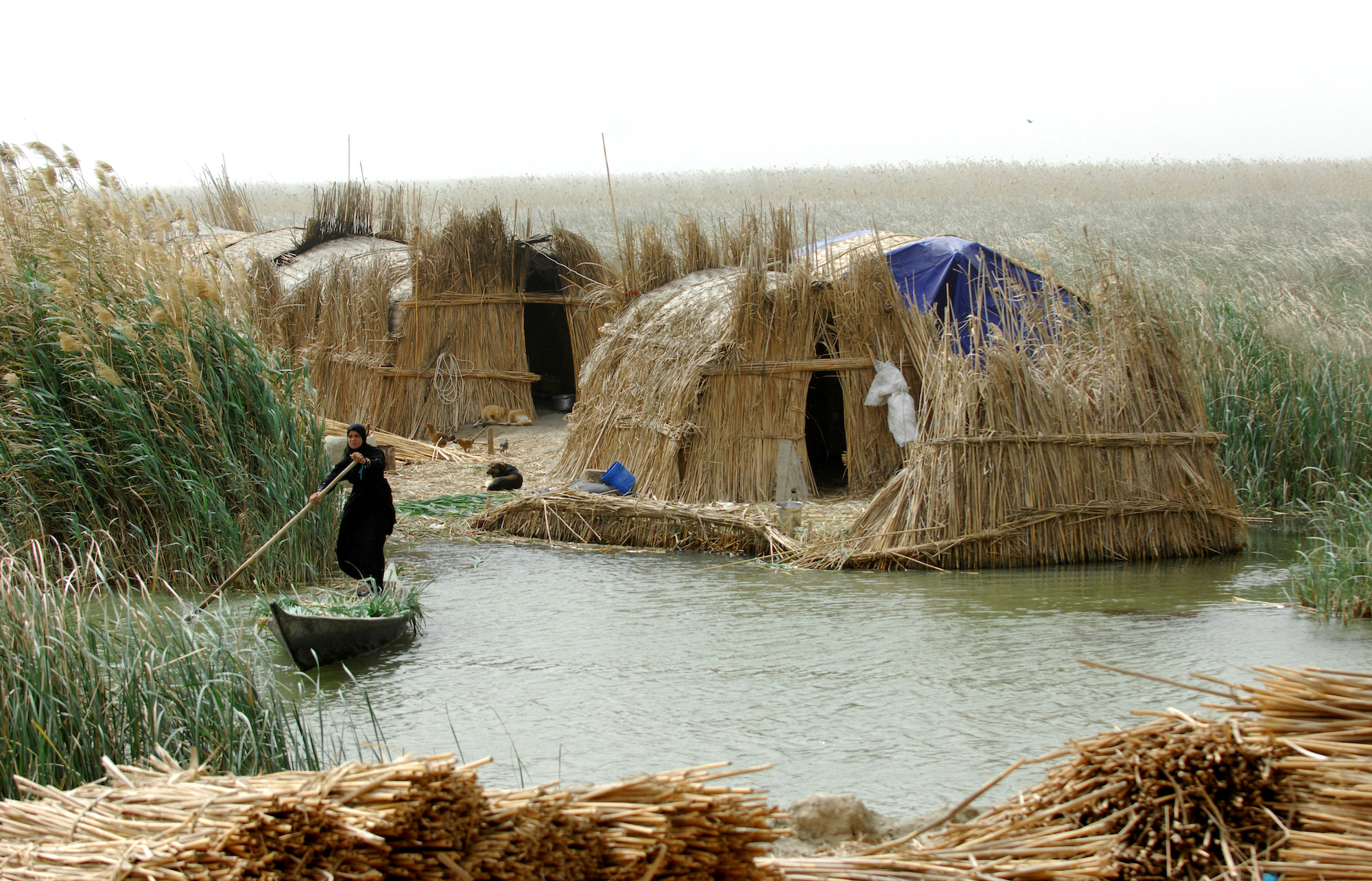
As the subjects and issues tackled by Rawsthorn and Antonelli at Design Emergency continue to gain relevance within our quickly evolving design landscape, the duo continue to support these more immediate observations via social media and podcasting with the publication of a book, Design Emergency: Building a Better Future, published in 2022. With Rawsthorn currently working on a new book of her own with a focus on Design and Identity, in-depth and informed voices like Alice Rawsthorn’s have never been more important within both the design community and society at large.
